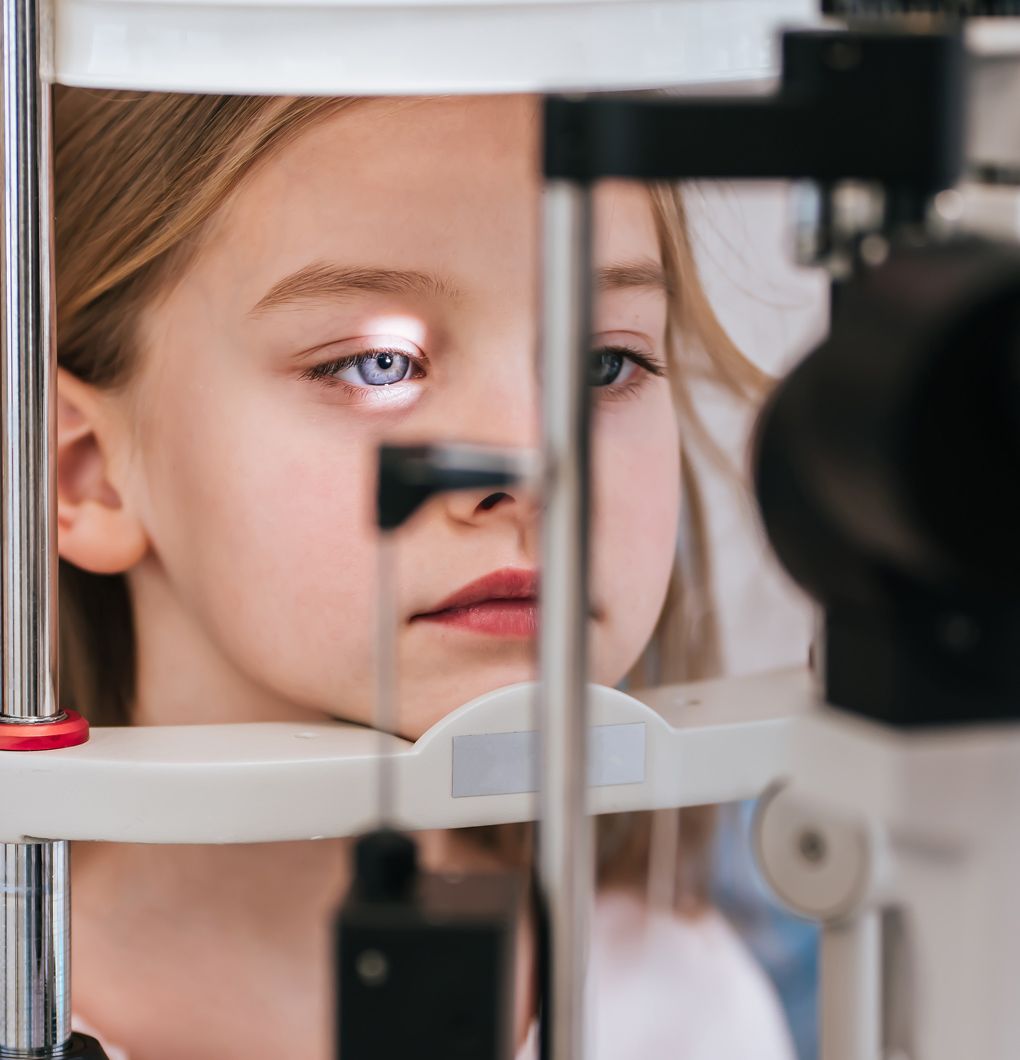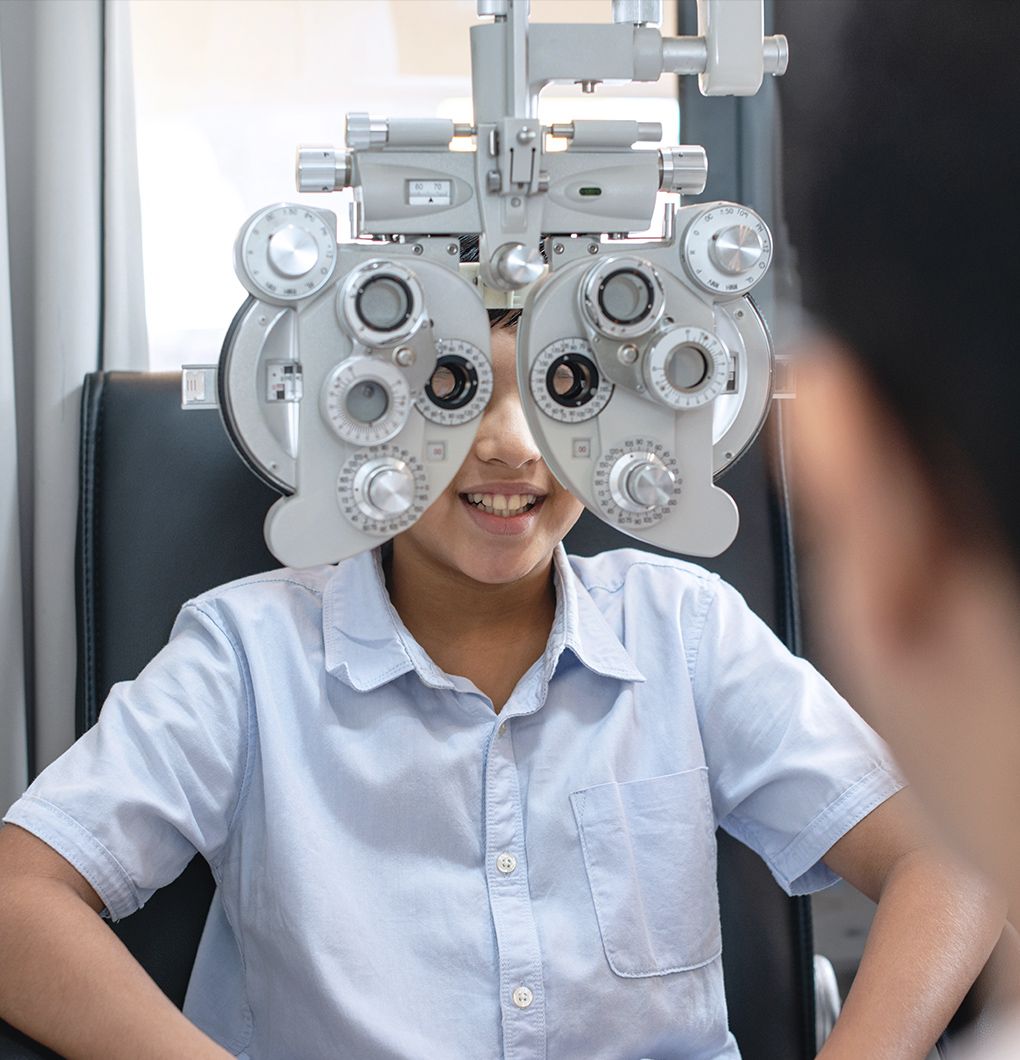
Myopia is one of the most common visual impairments in the world. According to the results from the National Health and Nutrition Examination Survey, the estimated myopic population in the US between the ages of 12 to 54 has increased from 25 % to 41.6% from the years 1970 to 1972 compared to years 1999 to 2004. Globally, it was estimated about 1.45 billion people or 27% of the world’s population were myopic in 2010. The prevalence of myopia has been increasing at an accelerating rate in which over 50% of the world’s population will be myopic by 2050 according to a preliminary study at the Brien Holden Vision Institute.
Hence, myopia has become one of the most targeted areas of study by World Health Organization in the global initiative to correct avoidable blindness by the year 2020.
Reducing rate of myopia progression by 50% could reduce prevalence of high myopia (over -5.00D) up to 90%.
Risks factors for myopia development and progression include:
Genetics: children with both myopic parents have 6 times the risk of becoming near-sighted.
Race: over 50% of prevalence of myopia population are found in East Asia including China, Japan, Hong Kong, Taiwan, Republic of South Korea and Singapore. Myopia population is less in North and South America, Australia and Europe.
Environmental factors include:
Too much time on near work such as reading books and using electronic devices
Not spending enough time outdoors
Inadequate light exposure
Low level of Vitamin D
Poor diet: High carbohydrate diet.
High myopia (Rx over -500 D) presented higher risks of visual impairment from:
1. Retinal detachment
2. Myopic maculopathy
3. Glaucoma
4. Cataracts
Myopia Control
Various methods of myopia progression control have been studied with varying success rates.
1. Orthokeratology
2. Atropine treatment
3. Soft Multifocal contact lenses

Vision One Eyecare is proud to be a supporter of myopiafocus.org and the change.org/myopiafocus campaign.







